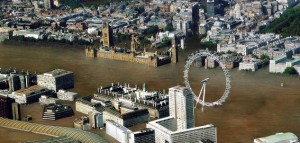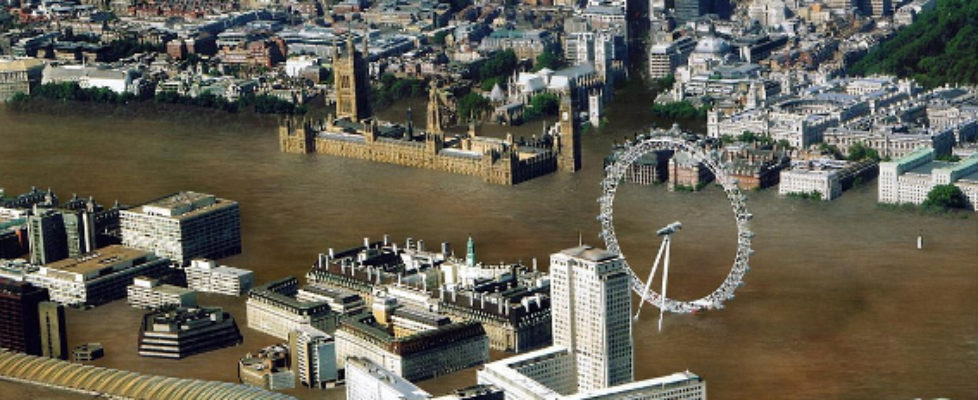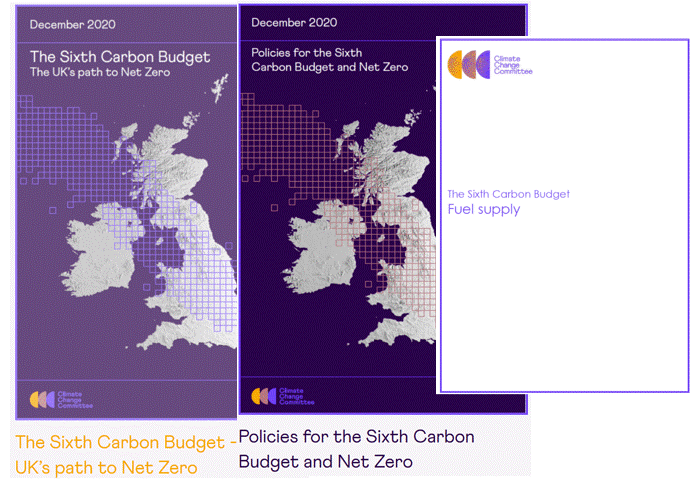London: Managing Drought and Flood
Dr Tim Evans (Chairman, CIWEM Wastewater Management Panel and independent environmental consultant) gave a fascinating talk on the 14th March at the Highgate Society about London’s water as part of a series considering one big question: how well prepared is London to meet the challenge of climate change? The talk was filmed and is available full-length on YouTube. We also have a 15 minute extracts video. The meeting was sponsored by Transition Highgate, Muswell Hill Sustainability Group and Sustainable Haringey.
What follows is a summary of his talk.
The central message of this talk was that London has no shortage of water. The problem is with our short-sighted management of water: we fail to manage our rainfall (including floodwater) sensibly and sustainably.  What we need is not expensive new technology, but vision and leadership,.
What we need is not expensive new technology, but vision and leadership,.
He quoted Barry Commoner’s four laws of ecology (The Closing Circle 1971):
1. Everything is connected to everything else.
2. Everything must go somewhere – there is no ‘waste’ in nature and there is no ‘away’ to which things can be thrown.
3. Nature knows best.
4. There is no such thing as a free lunch.
North London already operates the Artificial Recharge Scheme, which involves pumping water into aquifers to stop basements and the tube from flooding. This water is abstracted for use in times of drought. The NLARS is innovative and unique in Britain.
(See: https://www.thameswater.co.uk/your-account/15541.htm )
However, he said, leakage in the UK was 22% in 2012. In Singapore, only 4.5%. Water companies aren’t incentivised to do more here. Universal meterage would enable them to see where and what the leakage was. But government is reluctant to impose this. Paying for water by domestic
Consumers is ‘optional’ because for public health reasons you don’t get cut off for not paying the bill.
Drainage sewage and floodwater.
In the past cess pools were emptied and the contents used by farmers.
When water closets came in they were often sited near wells in back yards; this could lead to contamination.
Waste water was poured down drains, which discharged into rivers.
In the mid 19C sewers were constructed, intercepting the former drains, leading the outflow down river to Barking. Bazalgette designed the sewage pipes to be twice the size needed – farsighted of him.
We treat sewage with chemicals, and apply anaerobic digestion to the sludge.
Now it’s the surface water (floodwater) that overwhelms the pipes, not the sewage.
Thames Water has planned a new ‘Super Sewer’ to take overflows from flooding, which currently can cause sewage overflow to discharge into the Thames. Combined sewer overflows (CSOs) occur when stormwater volumes are too great. Runoff water outlets which have been combined with existing sewers cannot cope with the flow, and effluent is then discharged untreated into rivers.
The super sewer would be 35km long, diameter 7.2m and cost £4.2bn.
Tim Evans believes London’s floodwater can be managed in a far cheaper and more sustainable way. He pointed out that since 1960 20 times the area of Hyde Park had been paved over, Rapid runoff of water results from impermeable surfaces like these. The policy must be to try to control the flow by extending the time needed for absorption into underground aquifers. Green roofs, tanks, porous road surfaces – all can play an important part.
He described the city of Portland in Oregon, which has more rainfall than London, and had significant flooding. The city instituted a Watershed Management Programme in 2005 and the ‘Grey to Green’ programme in 2008 which supports stormwater management techniques such as planting
trees, acquiring land for planting ‘rain gardens’ and increasing the number of eco-roofs that reduce flooding and increase clean water.
This type of green infrastructure is designed to reduce runoff, keeping rivers out of sewers and sewers out of rivers. Examples of what could be done in London include: substituting planted areas for tarmac – in traffic calming management. Paving large areas like Exhibition Road in a porous material. Surface water drains should be rigorously separated from sewers.
Since householders don’t pay for the disposal of waste water which is not sewage, it is currently impossible to offer incentives for green roofs or other sustainable drainage systems (eg use of grey water on gardens). Public apathy or resistance to new ideas needs to be tackled. Neither central nor local government has taken this on board.
The central point is Green Infrastructures, not Super sewers. Storm water must be used as a water resource. London has no shortage of water, but it needs to use its water sustainably.
JB




